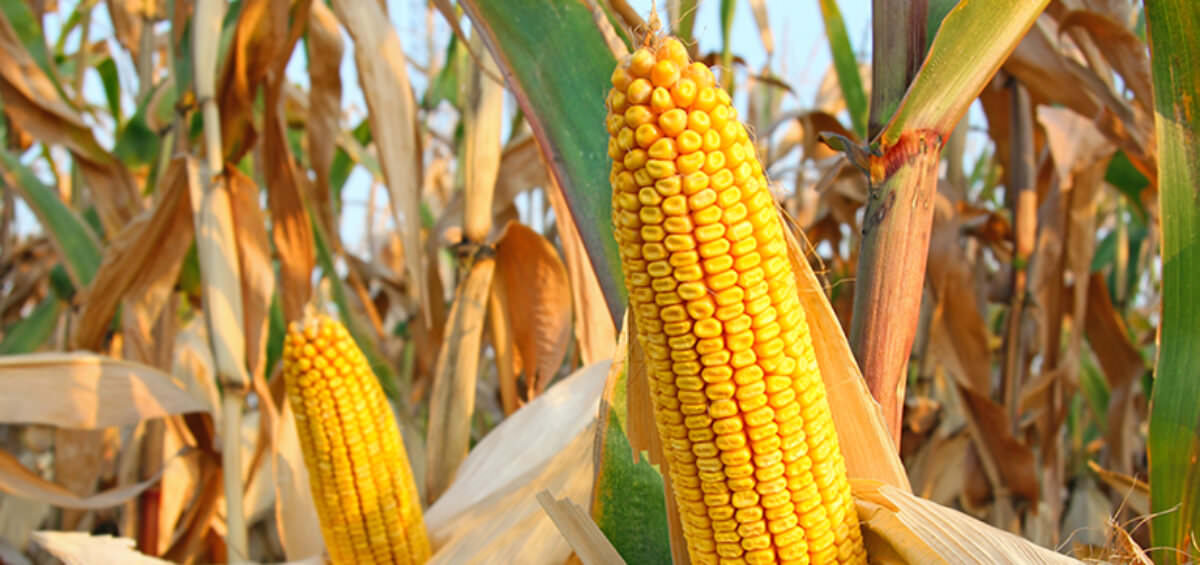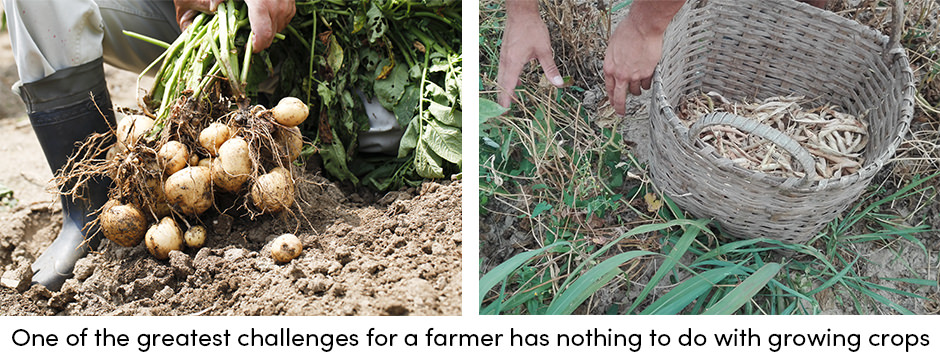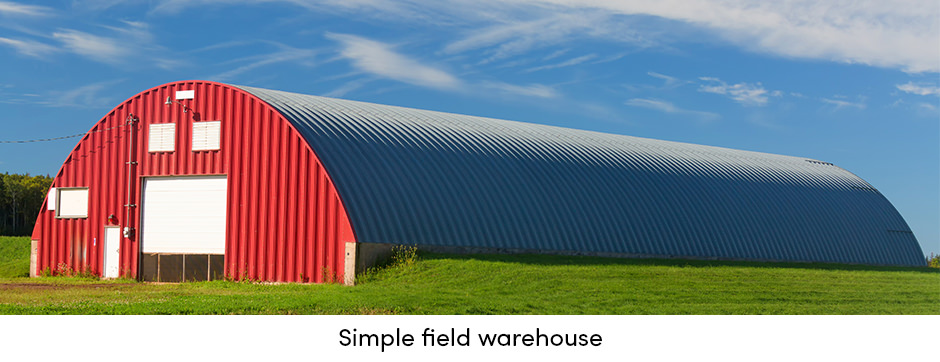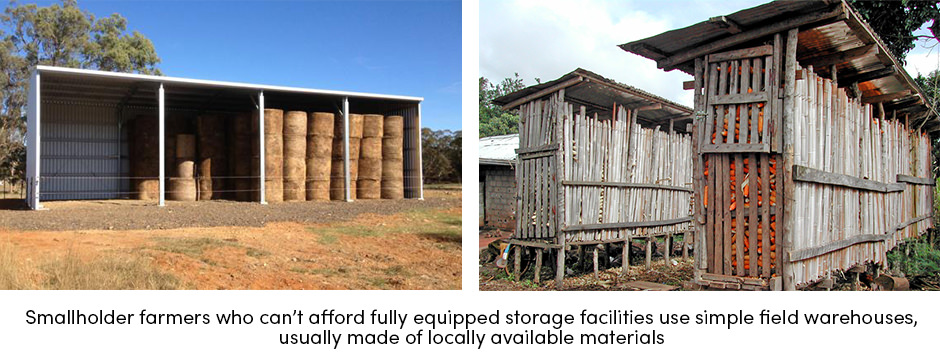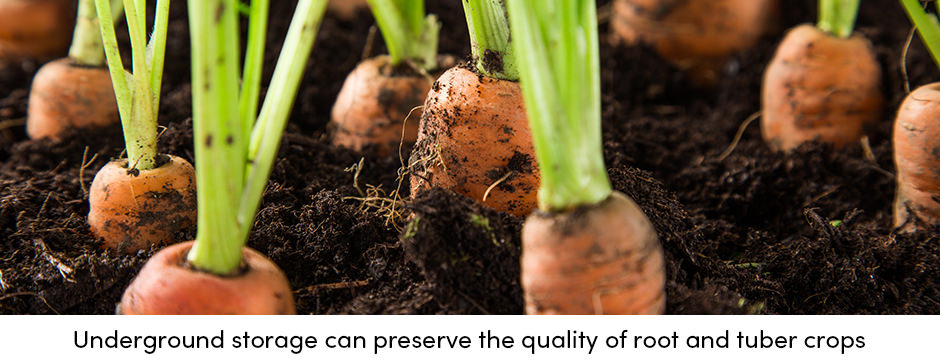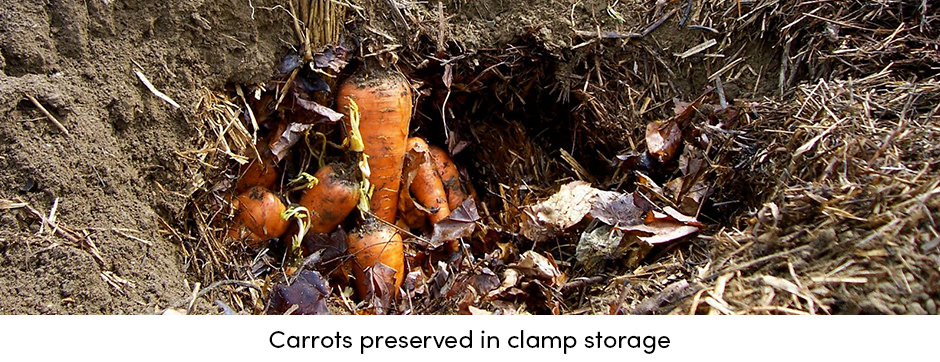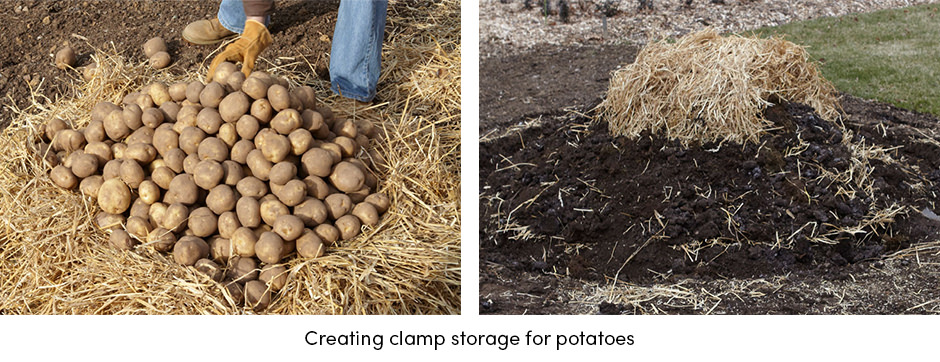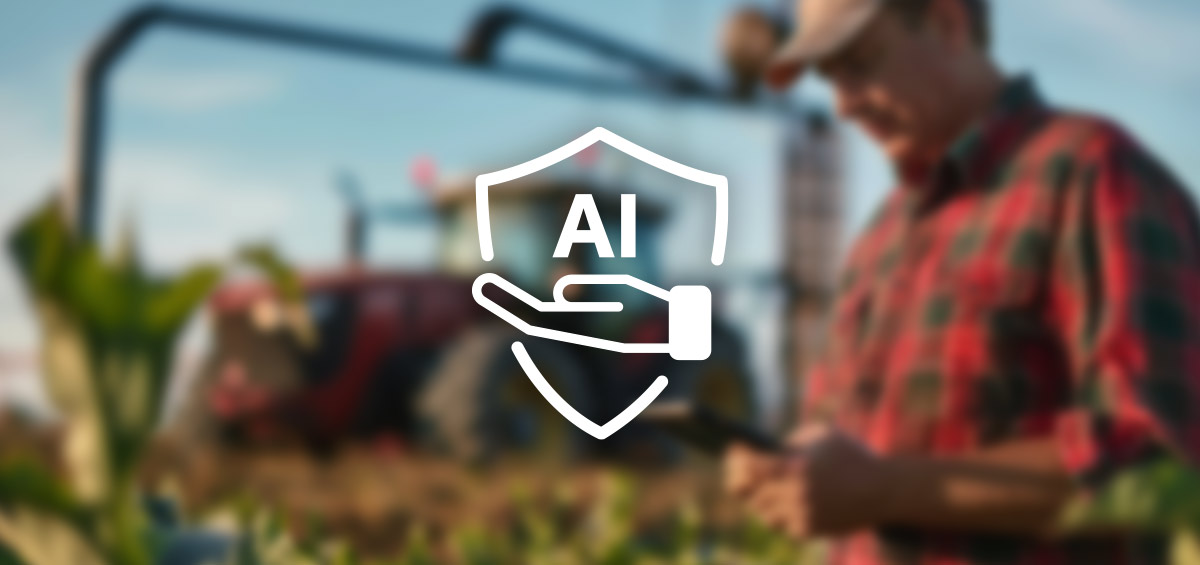For smallholder farmers, growing crops is a special adventure that consists of a few challenging components during each farm season, such as soil preparation, planting or sowing, pest and disease protection, crop maintenance, and finally, harvest. However, one of the greatest challenges for a smallholder farmer has nothing to do with growing crops. It’s the final crop production stage- storage.
Storage is the process of preserving the crops for future use. In other words, it directly affects the final yield quantity and fruit quality. Therefore, once the crops are harvested, farmers have to use all their knowledge and available resources to manage the storage properly and minimize post-harvest food losses.
Now, the question is, how to properly manage storage with limited resources? This is one of the main concerns for the vast majority of farmers. After all, small farms (less than 1 hectare) still account for 72% of all farms. More importantly, even 40% of food loss occurs during the post-harvest stage and storage. In response to this, there is an urgent need to share the knowledge about simple and low-cost storage practices that will help farmers preserve their crops despite their financial limitations.
Simple and Low-Cost Storage Solutions
Smallholder farmers usually can not afford fully equipped storage facilities such as silos or cooling storage. However, they can preserve the quality of their crops temporary by using one of the few traditional storage methods:
1. Simple field warehouse
Farmers can store their crops by using barns, cellars, farm sheds or other simple field structures that are usually made of locally available materials. Simple field warehouses are mainly used for storing hay, grains, root, and tuber crops.
The exact structure of a field warehouse will vary, depending on climatic conditions (for instance, humid or dry areas), crop requirements (grains require drying), as well as farmer’s financial ability. For instance, some farmers can afford ventilation or some other quality long-term storage structure, while others can barely afford to store their crops in jute bags or bulks and build some kind of shed to protect their crops from the rain.
2. Underground storage
Smallholder farmers who grow root or tuber crops often use underground storage to preserve their crops. Underground storage is a farm practice of leaving the crops in the ground until needed. This method is used mainly for storing potatoes and carrots.
The practice is efficient in preserving crop quality for some time in well-drained soils. However, its main disadvantage is that it occupies a large area of land, and it’s not recommended on wet soils. Besides that, in some areas, the crops are vulnerable to cold damage.
3. Pit storage
In order to preserve their crops, farmers often dig pits. The pits are usually used for storing grains, tuber and root crops. The shape, the size, as well as the construction material of the pit will vary from region to region. The costs of storing crops in the pits are usually lower than in above-ground structures.
Properly created pit storage will provide relatively low and constant temperature and preserve the crops from rodents and insects.
Still, there are a few disadvantages of pits:
- Digging the pit is labor intensive, as well as removing the crop from the pit
- After long storage, the grain can acquire a certain fermented smell
- There is always a risk of water penetration
- The crops at the top are often moldy.
4. Clamp storage
Clamp storage is a low-cost method for preserving root and tuber crops that is based on insulation of crops with a layer of straw and a dry layer of soil or sand.
If created properly, the clamp can be an effective storage method. However, it’s important to choose a site where the rainfall or snowmelt doesn’t accumulate and protects the clamp from wild animals, such as rodents.
Aforementioned practices are most commonly used storing methods among smallholder farmers. Aside from that, a few smallholder farmers can always collaborate and invest their resources into one common storage. After all, it’s not easy being a smallholder farmer, and it takes a lot of courage to face all obstacles and produce the food that sustains us all.
Text sources: Global Agriculture || FAO || Rodale Inc. || FAO
Image sources: The Shed Company || Environmental Health Perspectives
